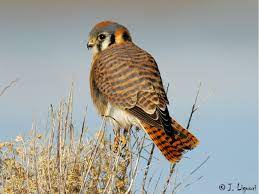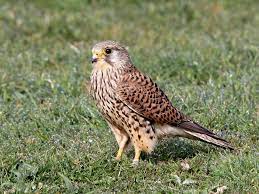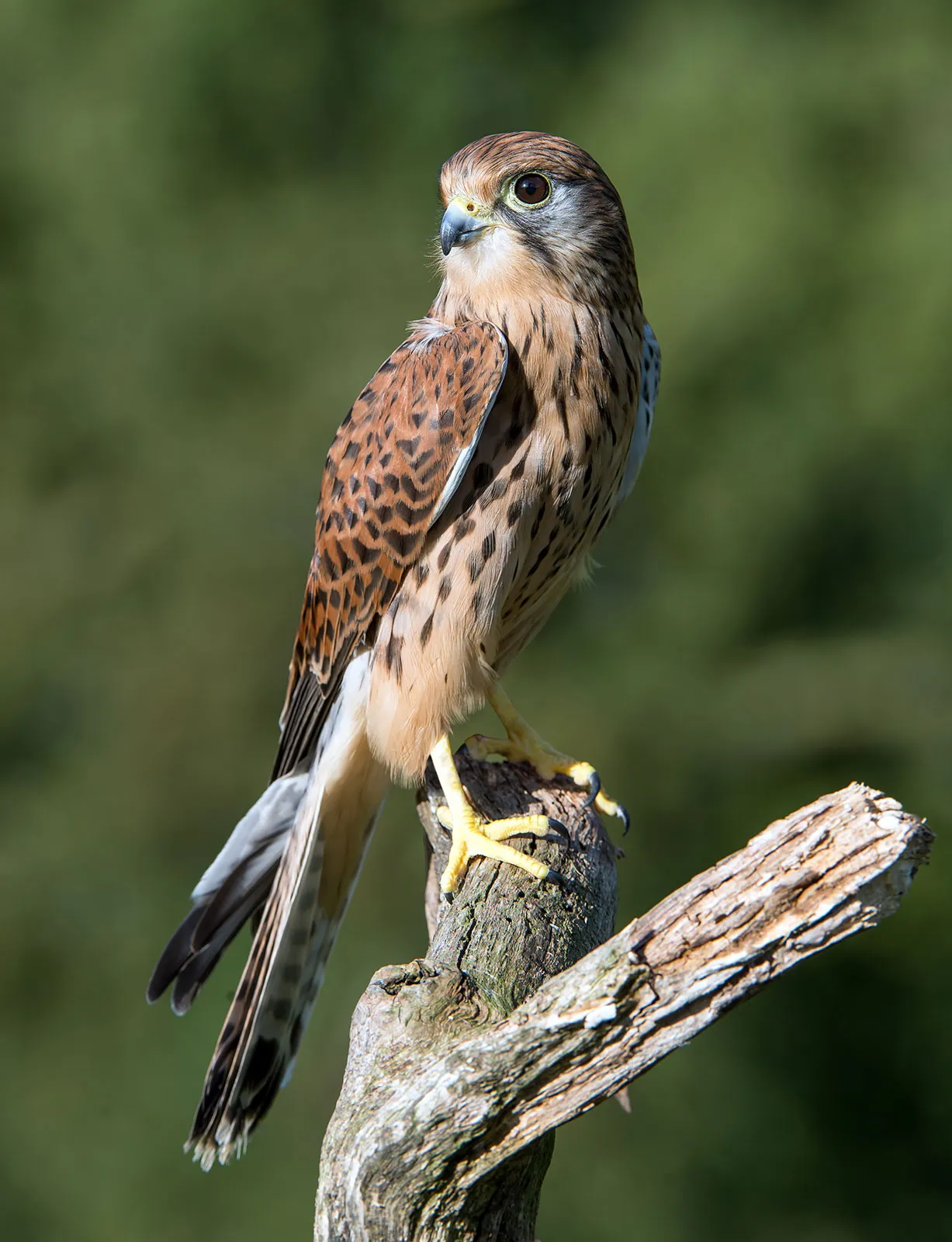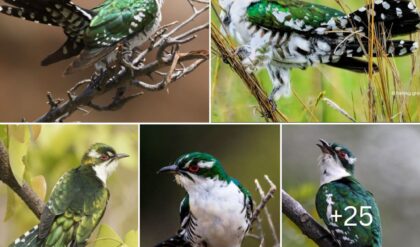The common kestrel, formally described in 1758 by the Swedish naturalist Carl Linnaeus in the tenth edition of his Systema Naturae, bears the binomial name Falco tinnunculus. Linnaeus initially designated Europe as the type location, later refining it to Sweden in 1761. The genus name, derived from Late Latin falx, falcis, meaning “sickle,” alludes to the bird’s claw shape. The species name, tinnunculus, comes from Latin, signifying “kestrel” and stemming from “tinnulus,” meaning “shrill.” The term “kestrel” originates from the French crécerelle, a diminutive of crécelle, which referred to a bell used by lepers. Originally spelled ‘c/kastrel,’ it dates back to the 15th century. The kestrel historically served to drive away pigeons. Archaic names for it include windhover and windfucker, reflecting its habit of hovering in the air.

This species belongs to a clade comprising kestrel species with black malar stripes, a feature absent in the most ancestral kestrels. They appear to have diversified during the Gelasian epoch (Late Pliocene, approximately 2.5–2 million years ago), likely originating in tropical East Africa. Molecular phylogenetic research published in 2015 revealed that the common kestrel’s closest relatives are the spotted kestrel (Falco moluccensis) and the Nankeen kestrel (Falco cenchroides).

The rock kestrel (F. rupicolus), formerly regarded as a subspecies, is now considered a distinct species. The lesser kestrel (F. naumanni), resembling a small common kestrel but lacking black markings on the upperside except for wing and tail tips, is probably not closely related to the common kestrel. Similarly, the American kestrel (F. sparverius) is apparently not a true kestrel at all. Both species display significant grey in their wings in males, a trait absent in the common kestrel and its close living relatives but common in nearly all other falcons.



